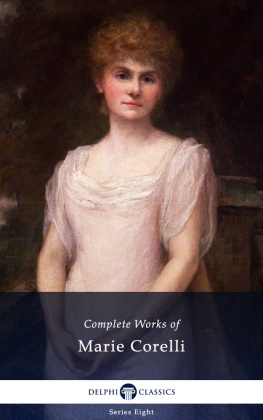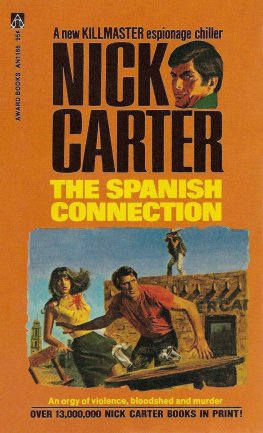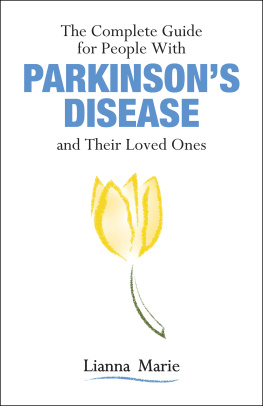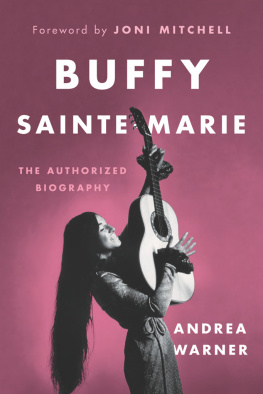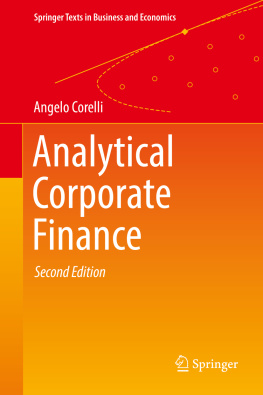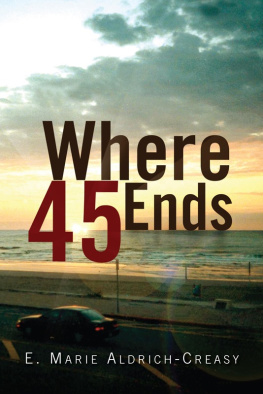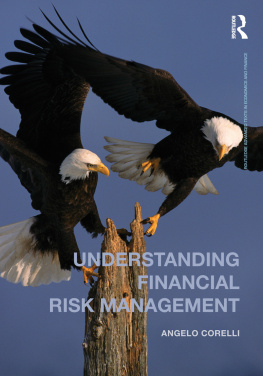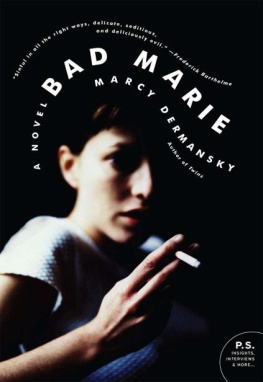
The Complete Works of
MARIE CORELLI
(1855-1924)

Contents

Delphi Classics 2017
Version 1












The Complete Works of
MARIE CORELLI

By Delphi Classics, 2017
with introductions by Gill Rossini
www.gillrossini.com
COPYRIGHT
Complete Works of Marie Corelli
First published in the United Kingdom in 2017 by Delphi Classics.
Delphi Classics, 2017.
All rights reserved. No part of this publication may be reproduced, stored in a retrieval system, or transmitted, in any form or by any means, without the prior permission in writing of the publisher, nor be otherwise circulated in any form other than that in which it is published.
ISBN: 978 1 78656 092 6
Delphi Classics
is an imprint of
Delphi Publishing Ltd
Hastings, East Sussex
United Kingdom
Contact: sales@delphiclassics.com

www.delphiclassics.com
The Novels

Bayswater, North London, c. 1800 Corellis birthplace

Corelli was born at Gloucester Terrace in 1855

Corellis father, Charles Mackay (1814-1889) was a Scottish poet, journalist, author, anthologist, novelist and songwriter, remembered mainly for his book Extraordinary Popular Delusions and the Madness of Crowds. Corelli was Mackays illegitimate daughter, presumably conceived while her mother was working in Mackays household as a servant.
A Romance of Two Worlds

This novel was first published in two volumes in February 1887, by Richard Bentley in Britain and William Allison and Co. in America. It had begun in 1885 as the manuscript for a novel entitled Lifted Up , but Corelli changed it to A Romance of Two Worlds on the advice of her father, journalist Charles Mackay. On submitting the manuscript to the publisher George Bentley, it received a mixed response from his expert readers, a reception that was reflected by reviewers in the press when it reached the market. However, in contrast, the public took to both novel and author immediately and it was a great success. A few years later, in 1891, Corelli became aware of a highly eminent fan: Queen Victoria. The Queen had been lent a copy of Romance of Two Worlds by the Duchess of Roxburghe and asked for her own presentation copy and even decreed that in future, all Corellis books were to be sent to her on publication.
Perhaps one of the reasons the public responded so positively to the book is the use of electro-therapy, also known at the time as galvanism, as a strong element of the plot. Electricity was seen as something of a cure-all by the public, treating everything from womens problems to muscle weakness and mental illness (and later, what were perceived as sexual perversions, such as homosexuality). Small home kits could be purchased and there were many therapists offering galvanism as a genuine cure-all. Coupled with the Victorian passion for psychic phenomena, spirituality, table-tipping (sances) and all things esoteric, Corelli had found an almost fool proof storyline to kick-start her writing career. This novel also includes an elixir or potion of great potency, that can revive and rejuvenate even a persons soul powerful tonics such as the coca laden cola drink (launched 1886; a dominant active ingredient of coca is the alkaloid, cocaine) were very popular at this time too. This is a theme Corelli returned to in a later novel, Young Diana: An Experiment of the Future , published in 1918.
In the novels prologue, Corelli enters into an almost philosophical discourse about the nature of existence and her belief in the supernatural the elements and energies beyond established religion and the confines of science. She makes it clear that she has an absolute belief in Shakespeares more things in heaven and earth than are dreamt of in science, but appreciates that not all readers will agree. The main narrative continues in the first person, as if it is an autobiographical account.
The narrator is a female artist who is suffering from a series of nervous ailments, whose doctor suggests a sojourn in the sunshine of the Riviera to affect a cure. The idea appeals to the artist and in the company of her friends, Colonel and Mrs. Everard, she leaves behind the gloomy London weather and heads for Cannes.
Sadly, her depression is so acute that her deep melancholia does not lift, even with the distractions of the beautiful resort. In the meantime, the Everards have befriended another gifted young artist, Raffaelo Cellini and the narrator is soon introduced to him. His effect on her was remarkable it was ELECTRIC and she finds solace in Raffaelos beautiful studio, using it as a form of retreat from the trials of her depression; in particular she is very taken by his portrait of an angel. Raffaelo can be taken either as an eccentric or a natural born philosopher and aesthete and although as a result he is rather intimidating, the author agrees to sit for a portrait. The narrator now begins to get to know the artist. He claims to have a master whom he is in awe of and has the habit of drinking a mysterious, glittering elixir that invigorates and sustains him. Corelli marks out Raffaelo as different in many ways; he is triumphant when an acquaintance dies whilst playing the organ, he refers to Christ as the God-man and his pronouncements are full of mysterious suggestions. One could easily have the impression of a man that is genius bordering on insanity. Is it the Eastern wine she sips as she sits for her portrait that makes the narrator sleepy and content for the first time in months, or the influence of Raffaelo? Why has she had such a strange esoteric dream on returning to the hotel?
Next page
